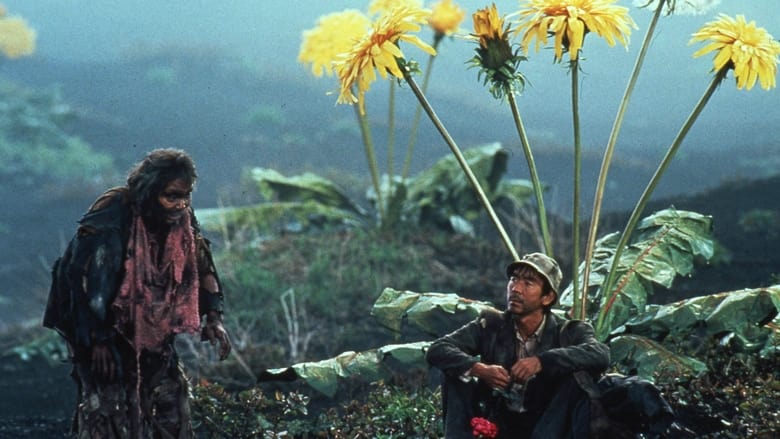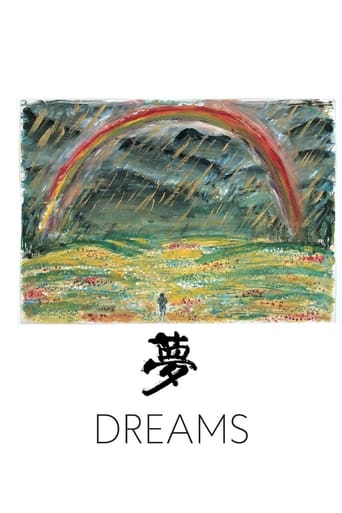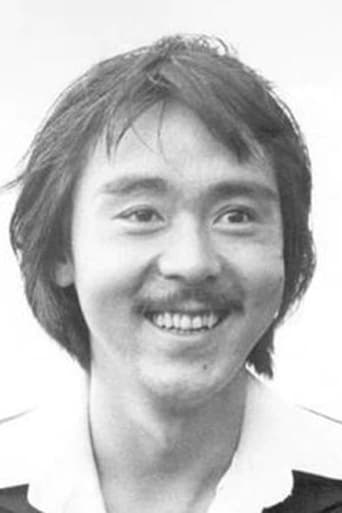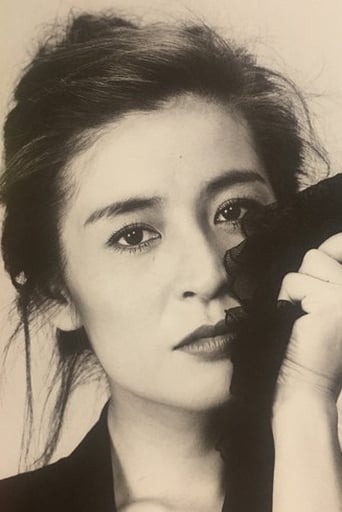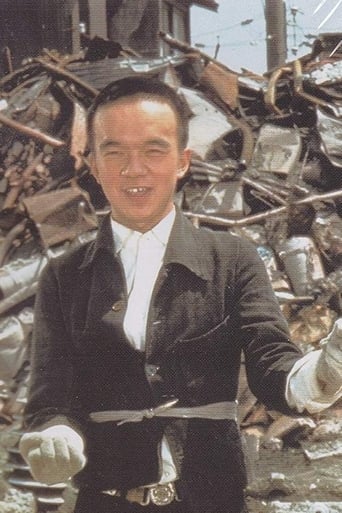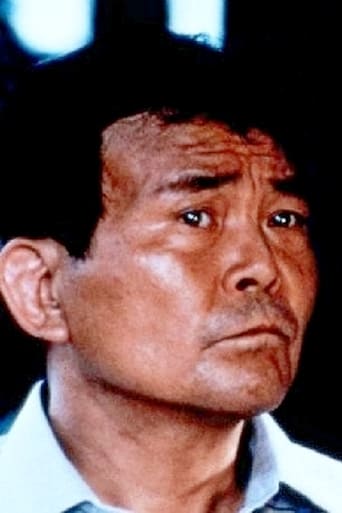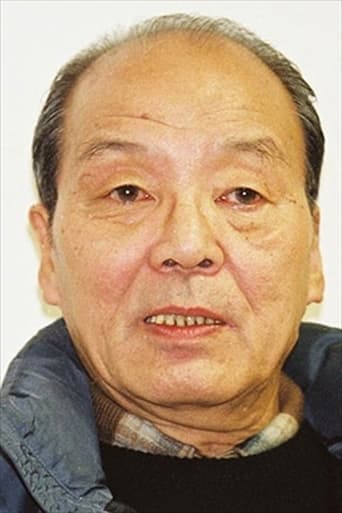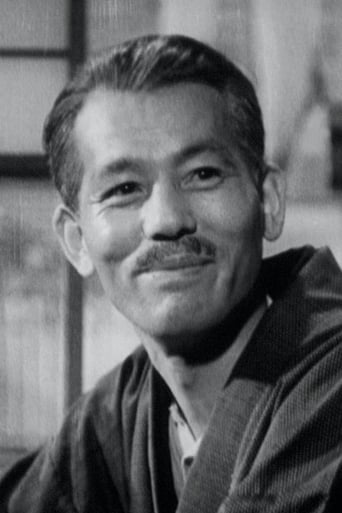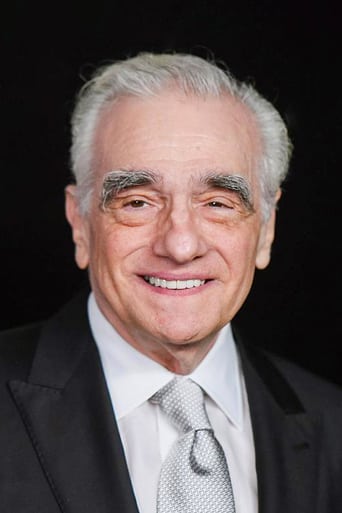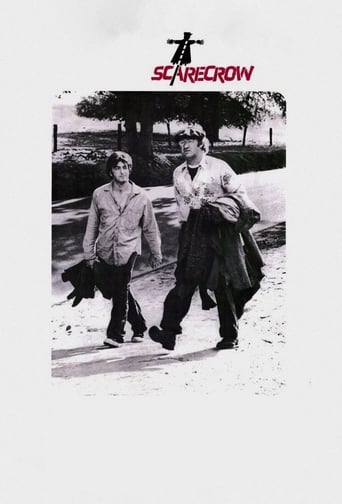A collection of magical tales based upon the actual dreams of director Akira Kurosawa.
Similar titles
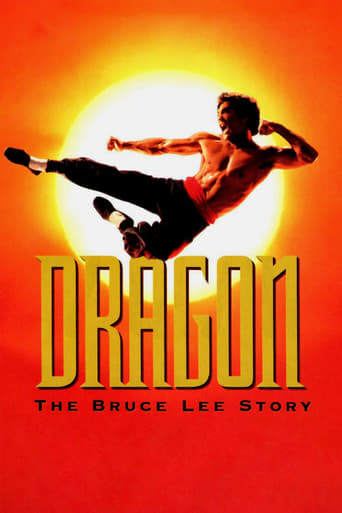
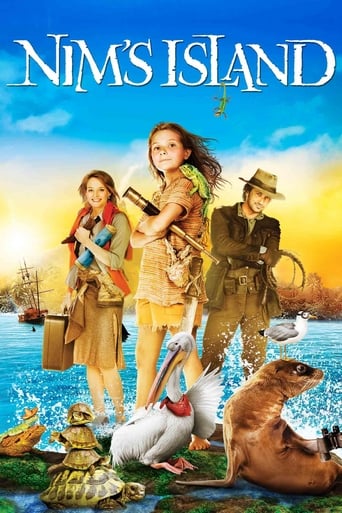
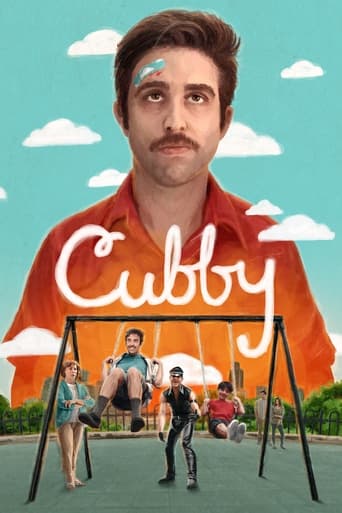
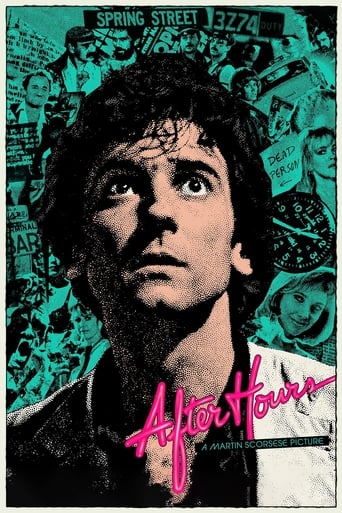

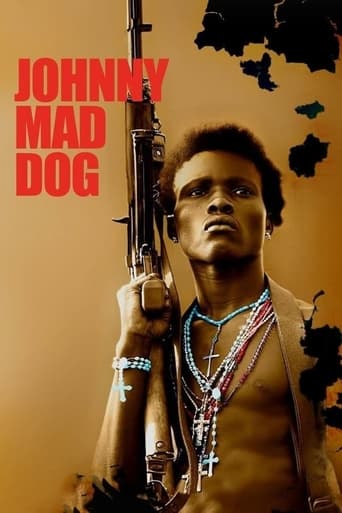
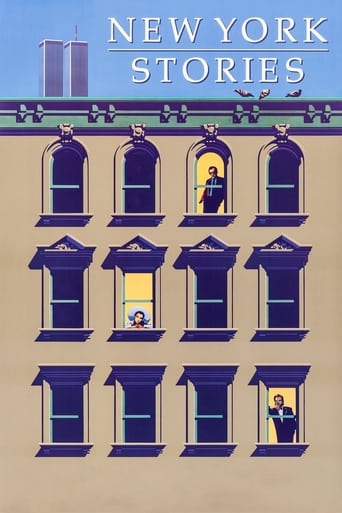

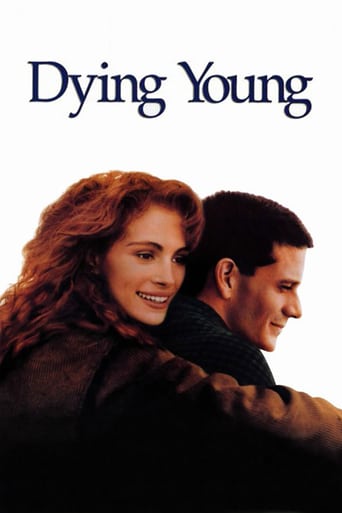

You May Also Like
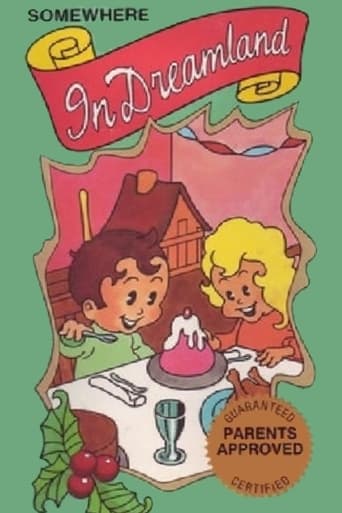


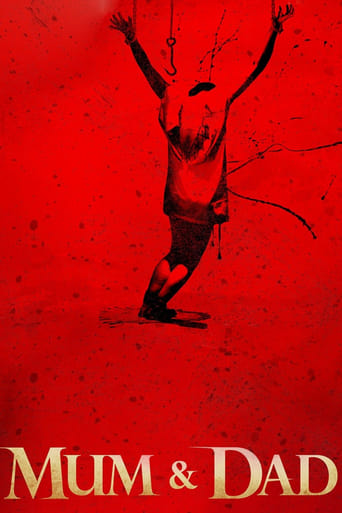
Reviews
As Good As It Gets
It's not great by any means, but it's a pretty good movie that didn't leave me filled with regret for investing time in it.
An old-fashioned movie made with new-fashioned finesse.
The story, direction, characters, and writing/dialogue is akin to taking a tranquilizer shot to the neck, but everything else was so well done.
A mawkish critic would point out that filmmakers have been sharing their dreams with us since the dawn of cinema. Still, if the notion of access to the dreams of legendary director Akira Kurosawa doesn't leave you salivating, dreams are something you're probably sorely lacking in yourself. Kurosawa's treatise to his subconscious is indubitably a curiosity - more personal, whimsical, and freeform than his average fare - but there's more lurking beneath the surface than the dazzling array of disconnected, surrealist vignettes first impression yields, making his work here a fascinating hidden gem to discover for Kurosawa aficionados and the uninitiated alike.Dreams is thoroughly Japanese, anchored heavily on the disjuncture between ancient mythology and modern sensibilities that colours much of Kurosawa's later work (the fact that it's reminiscent of the rhythm and beautiful inconclusiveness of author Haruki Murakami as well strikes me as hardly a coincidence). Still, Kurosawa's lavish colour palettes, already pushed to the limit in Ran, are in jaw-dropping full bloom here, conjuring up images - a forest kabuki performance of ominous fox-men; a peach blossom dance by spirits in gorgeous ceremonial garb - that are so staggeringly beautiful they almost defy belief. In the film's most memorable vignette, "Crows," Kurosawa's placeholder protagonist literally wanders into a 3D Vincent Van Gogh painting, rough brush strokes, sweeping textures and all (and complete with a delightfully gruff performance by Martin Scorsese as Van Gogh, in a stunning coup of artistic metatextuality). Kurosawa seamlessly blends practical sets, costumes, and makeup with the subtlest dash of CGI touch-ups by George Lucas' Industrial Light and Magic (a fitting pay-it-forward after Lucas took the inspiration for Star Wars from Kurosawa's Hidden Fortress). The effect is stunning - a hazy blurring between the real and fantasy, unforgettable and elusive, that perfectly captures the immateriality of a dream.Is there any structure to this gossamer array of gorgeous surreality? Debatable. Kurosawa's array of stories are too cheerfully disarming to play as pretentious, or their perennially enigmatic inconclusiveness to frustrate - dreams, after all, seldom make sense or wrap up neatly. There are rough themes that crop up throughout - environmentalism, anti-war, and the large and the conflation between killing humans and the environment - and greater connections can be forged by those fuelled with more biographical knowledge of Kurosawa's life. Still, Kurosawa is anything but dogmatic here. A couple of vignettes are more pointed with their social commentary, but usually seasoned with whiffs of cheeky humour to take the sting out - an apocalyptic nuclear meltdown in "Mt. Fuji in red" becomes a bombastically melodramatic 'Japanese-monster-movie-sans-monster;' while the grotesque, hellish purgatory of "The Weeping Demon" takes on an absurdist, Beckett-style satirical bent (three and two-horned demons feast on the lowly one-horned demons - even the afterlife has a pecking order of malevolence). Some of the vignettes are genuinely haunting - a mother reproachfully sending her son to his death after spying on a fox-spirit ceremony in "Sunshine in the Rain;" a hiker succumbing to the seductive oblivion of freezing to death in "The Blizzard;" and, most poignantly, in "The Tunnel," a wandering sergeant is badgered by an army of sickly spectres his tactical errors consigned to death. Still, in "Village of the Watermills," Kurosawa's dreams are granted an ending which, while not outright happy, is certainly the most uplifting form of bittersweet, with tension between traditional Japanese and Mardis Gras influences lending sombre themes a playful hope. Kurosawa's Dreams may not provide the answers viewers may lust for, but ultimately serve to answer larger questions viewers may not have even known they were asking, validating life even without explicitly articulated purpose. As artistic cinematic experiment, Kurosawa's Dreams may excel primarily aesthetically, but imagery so stunning makes it well worth its vague sense of unrequitedness. It's well worth going in with an open mind and welcome heart, and allowing yourself to be touched by the exquisite visions of a master at his most whimsical, but aesthetically unforgettable. Kurosawa's work here, while too slight to rank among his masterpieces, is still nothing short of (you guessed it) a dream come true. -8/10
This, for me, is one of the most beautiful films ever made. Considered by many to be 2nd rate Kurosawa, that's something I just don't buy. So many of his techniques are on display, infinity shots, close-ups, telephoto manipulations, great storytelling (for the most part) and some of the best color cinematography I've yet to see. I love this film. If critics did not know who the director was, I believe it would be considered a classic but some artists are virtually always held to expectations that are foolish. I have seen almost all of Kurosawa's films and I've never seen one I didn't like. Some are masterpieces, some near masterpieces and even his weaker ones always interesting. I was surprised how much i liked The Quiet Duel and I Live in Fear perhaps because they are not written about constantly like Ran, Seven Samurai, Yojimbo or the wonderful Ikiru.If any of his films deserved a Criterion Blu-ray release, this is it and I think it is only one of perhaps 3 that Criterion has not done. Certainly the only reason must be to do with getting the rights and not that they think it isn't deserving. It is written that Kurosawa came to color late yet he was a painter, therefore his wonderful albeit overly colorful films. Overly colorful for realists but not artists who know how to employ it with genius. It's simple, beautiful, a true piece of film art by one of the greatest directors in film history.
It must be some dream that Kurosawa had when he was making this movie. The movie is way ahead of its time. Its makes a Lotta sense now that we see what's happening today.The Red Mountain segment, The Nuclear reactor explosion is very much like the reactors that bust after the earth quake in japan. The difference being its volcano eruption in the movie. Kurosawa, doing what he does best made this master piece which has be watch a few times to understand what he meant. Among all the movies that he has made this one stands out for the story and concept that kurosawa had in his mind.
"Akira Kurosawa: Dreams" Written and Directed by: Akira Kurosawa Japan1990 * * * 1/2I haven't seen this film for many years. I saw it theatrically, during it's 1990 release and was impressed at the time.I've seen a number of other significant Kurosawa films and am aware of his stature and influence in cinema history. This is a visually brilliant, imaginative and interesting film, a collection of eight dreams of Kurosawa. I found the film to be beautiful and meditative.Critics were divided on this 28th and personal film, in the long and uneven career of acclaimed filmmaker Akira Kurosawa. All eight dreams are visually stunning and imaginatively created. The film as a whole, has been criticized by some critics as sentimental and preachy. The last three dreams concern the destruction of man and nature by human made nuclear radiation accidents and our over reliance on technology and convenience. Let's look at Kurosawa, when he made this film. This man is 80 year old and has made some very significant, well praised and influential films during his lifetime, such as "The Seven Samurai" and "Ran". "Dreams", was the next film, made by Kurosawa, five years after the highly acclaimed film "Ran". So it was obvious to make comparisons between the themes and styles of the two films. Kurosawa once tried to commit suicide, which, of course, is a classic tale of many of the great artists of human history, who sometimes bordered on insanity. When I first saw this film. I was impressed by it's visual beauty and imagination. Some of the tone of some of the dreams of the film, some critics found reason to disfavor. The Japanese are known for being a spiritual and nature orientated culture and religion (Shinto and Buddhist). "The Tunnel", "Fuji in Red", "The Weeping Demon" and "Watermill Village" are the final four dreams of the film and the ones which show signs of being preachy. The earlier dreams, showing youth, can be called sentimental. The concept of the film was misunderstood and under-appreciated by some serious film critics, including Jonathan Rosenbaum of The Chicago Reader, a film critic I have held in high esteem for some years. Two of the dreams are about a classic and recurring Japanese theme since the 1950's: the dangers of man made nuclear radiation accidents. I especially liked the peaceful, nature, spiritual ending of the film. Kurosawa made two more films after this and died in 1997.Overall, this visually brilliant and imaginative film, made by a legendary master influential filmmaker, does have some unfortunate weaknesses: The concept of portraying one's dreams, no matter how well visually realized, is a highly personal subject and makes for a slightly dull subject, for a two hour long feature film, critics included. It's a little sentimental and preachy, but in a manner, I didn't have a problem with. Great concepts, excellent technique and execution, by an acknowledged film making master, but a film entirely based on someone's dreams and from the perspective of an 80 year old filmmaker, is not really the best combination, in the end.
Top Streaming Movies











